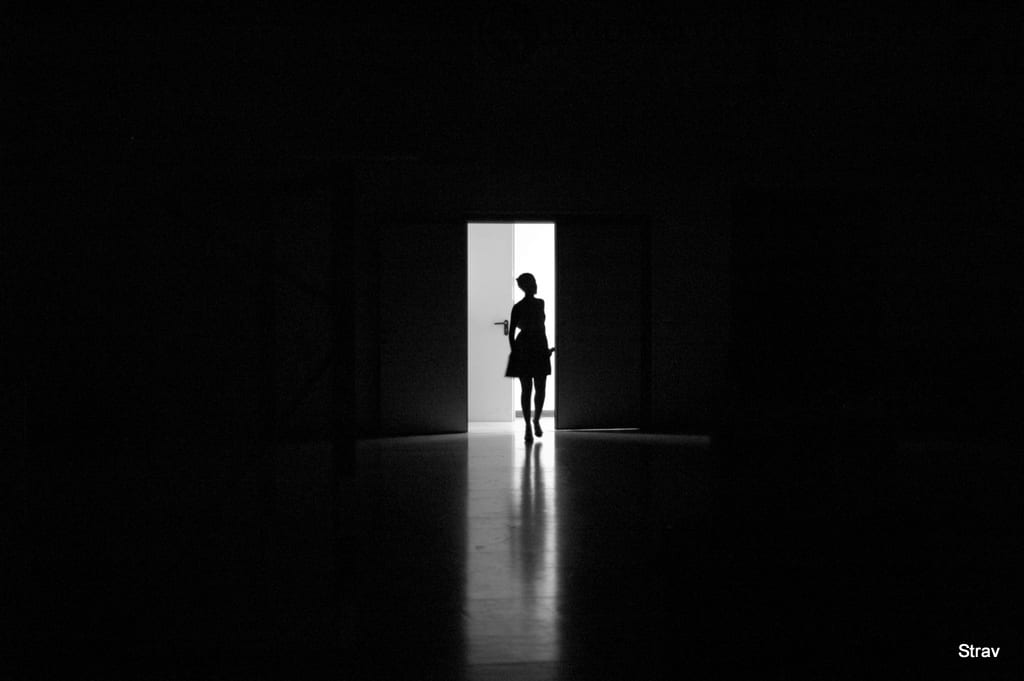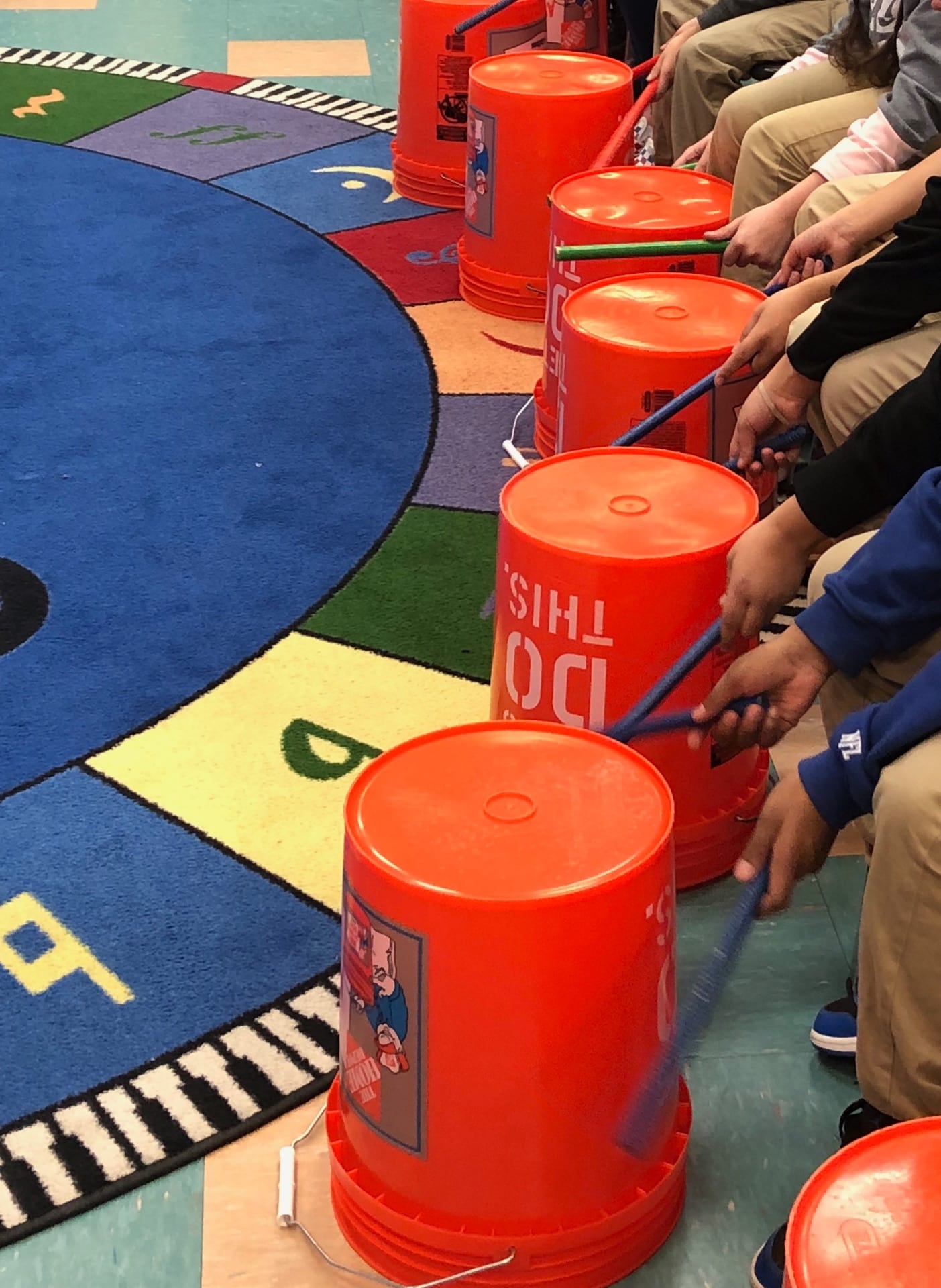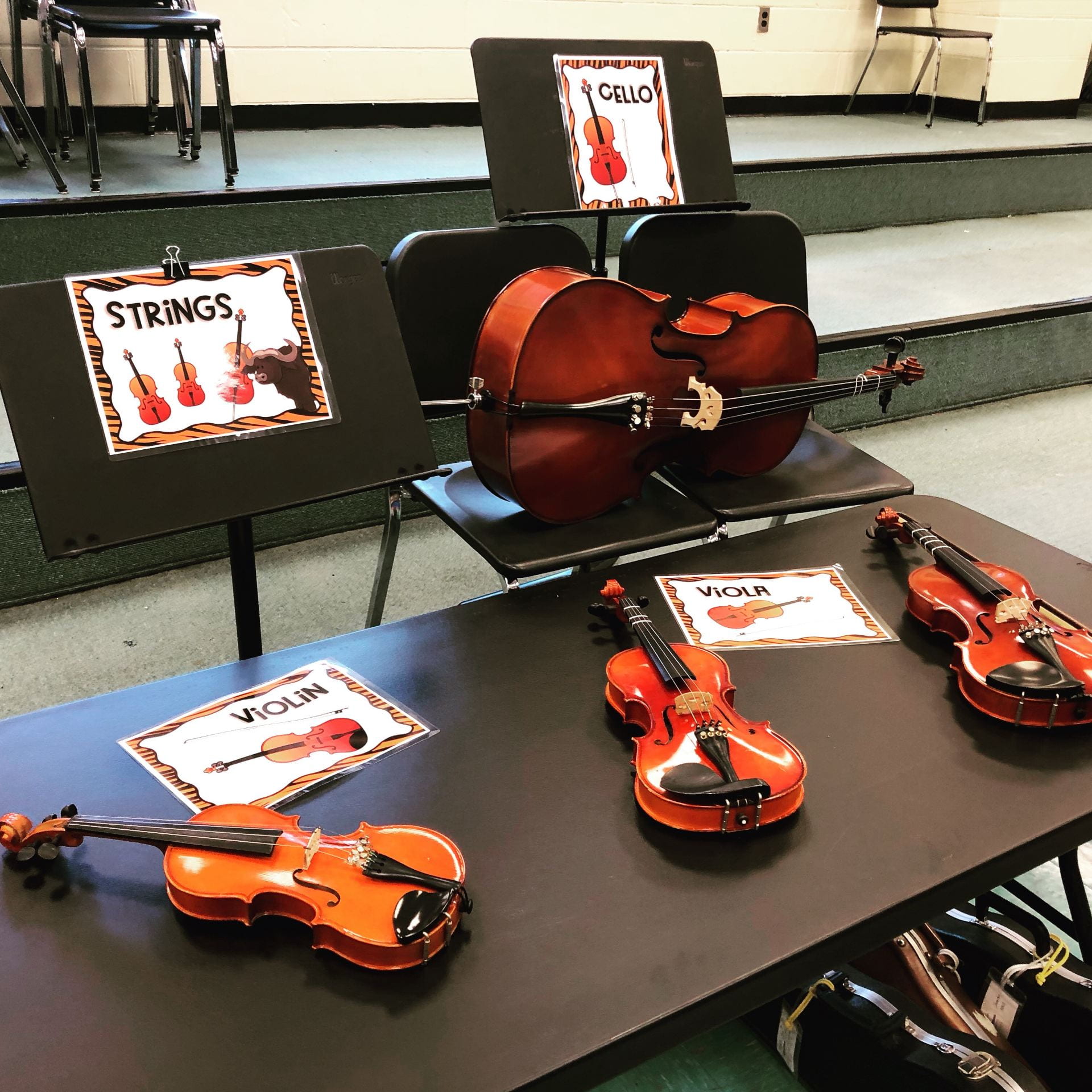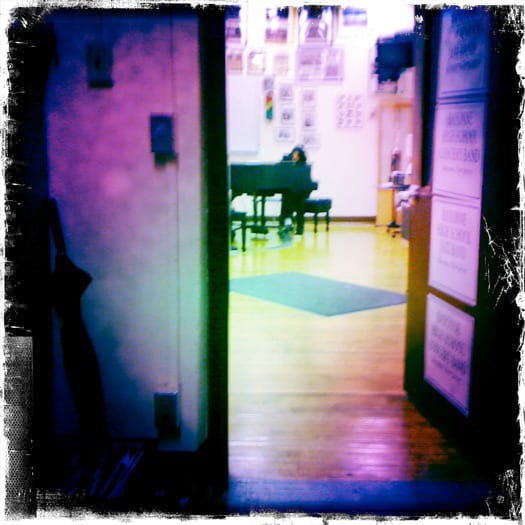Composing with Haiku!
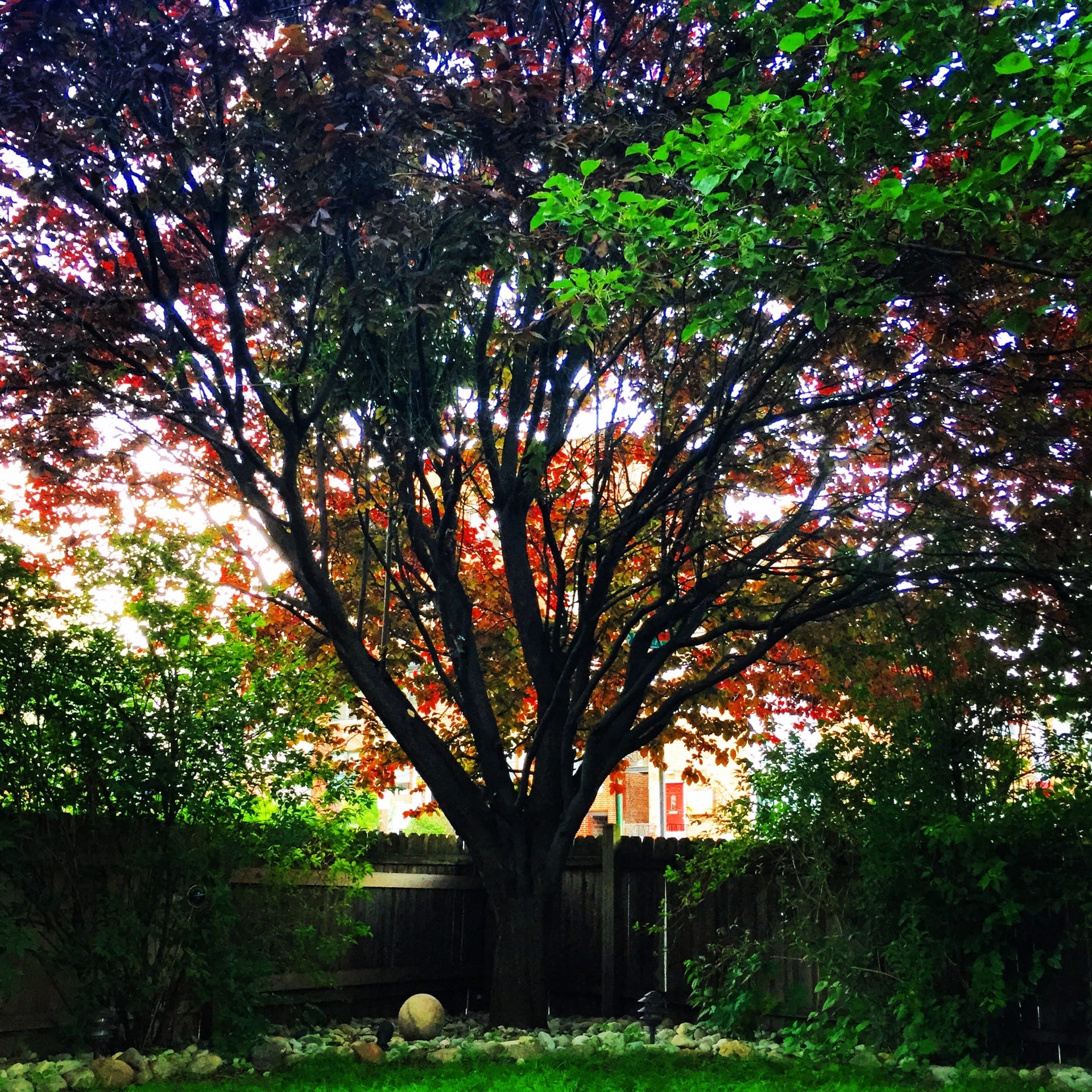
 April 17th is National Haiku Day in the United States and the perfect day to talk about using Haiku as a part of a lesson on composing music. I thought it would be cute to add a Haiku to a quick post for my school band’s Instagram to help celebrate the celebrate the day. This led me to thinking about using Haiku in a music lesson – with a quick search I found two amazing lesson – exactly the kind of lessons I was imagining.
April 17th is National Haiku Day in the United States and the perfect day to talk about using Haiku as a part of a lesson on composing music. I thought it would be cute to add a Haiku to a quick post for my school band’s Instagram to help celebrate the celebrate the day. This led me to thinking about using Haiku in a music lesson – with a quick search I found two amazing lesson – exactly the kind of lessons I was imagining.
The first lesson is from The Hoffman Academy. It demonstrates a simple method for create a song from a haiku using rhythms from the 5-7-5 syllables. Students first compose the poem, then develop and transcribe the rhythm before adding pitch and accompaniment. This lesson uses the A minor scale, but the lesson could work equally well with any scale: pentatonic, minor, or major. It’s important to limit the notes students can use when composing a melody, either by assigning a scale or pitch classes. There are many ways this lesson can be modified:
- Assign a pitch class and allow students to choose their own hometone – when the melodies are complete discuss how they sound different when they use the same notes but different home tones or tonics.
- Use different classroom instruments to compose the melodies – Orff instruments, recorders, etc.
- Allow students to improvise with different percussive sounds as an additional accompaniment.
- Decide on a scale or pitch class that reflects the meaning of the poem!
- Allow students to work in groups of two or three – to compose, recite and perform the parts,
- Add a reflective writing component using a graphic organizer. Have students talk about and reflect on their poem, the character of the melody and the instruments and sounds they chose to create their melody and accompaniments.
- Use Noteflight, GarageBand or SoundTrap to create a soundscape and record students reciting the poem: mix music with spoken word.
The second lesson is from The Teaching Channel. I could not embed this video so I attached the link below. The website has an extensive video with teacher and student interviews as well as supporting materials. The music portion of the lesson starts at five minutes into the video – it’s preceded by two other lessons that help to “set-up” the music lesson – one with Haiku poetry and art and another quick lesson with pitch and timbre. The final music portion of the lesson really dives into student composing by having student compose the lyrics in Haiku form and create an accompaniment with various instruments that reflect the character of the haiku. This lesson is intended for a classroom teacher but can be easily modified to fit into the music class:
- The music teacher could stretch this lesson into an entire unit introducing each part over several weeks.
- This lesson could be developed to work in collaboration with the classroom teacher – or the art teacher!
- Expand the lesson into listening to movie soundtracks and how they support the action and dialogue in a scene.
- Expand and change the instruments – or limit the number of instruments students can use based on what you have or need to use in the lesson.
- Notice the form in the video – the students play their melody first with no words, then recite their poem, then sing the poem with the melody – think of new ways for setting up the form and give students different options!
- Use this lesson in the BAND ROOM – allow instrumental students to compose their own poems and songs in small groups of mixed instruments – flute, percussion, clarinet, etc. Students can compose and recite the poem in a similar way as the 3rd graders in the classroom setting – add the songs to a chamber recital!
There are so many ways to incorporate other disciplines within the music class that help students to better understand the craft of music composition. This is just one great example that has endless possibilities.
The TeachingChannel – Artistic Expression: Music Art & Poetry.
More Ideas for Poetry & Music
It’s probably no coincidence that National Poetry Month and Jazz Appreciation Month are both in April. Why not celebrate both with a joined concert recital of jazz music and poetry like this one held at the Newark Public Library in Newark, New Jersey. Here are some great ideas and resources for mixing music and poetry.
- National Museum of American History’s Jazz Appreciation Month (JAM)
- National Poetry Month | Academy of American Poets
- 30 Ways to Celebrate National Poetry Month
- Jazz Appreciation Month on NAfME
- NPR – 5 Points Where Poetry Meets Jazz

